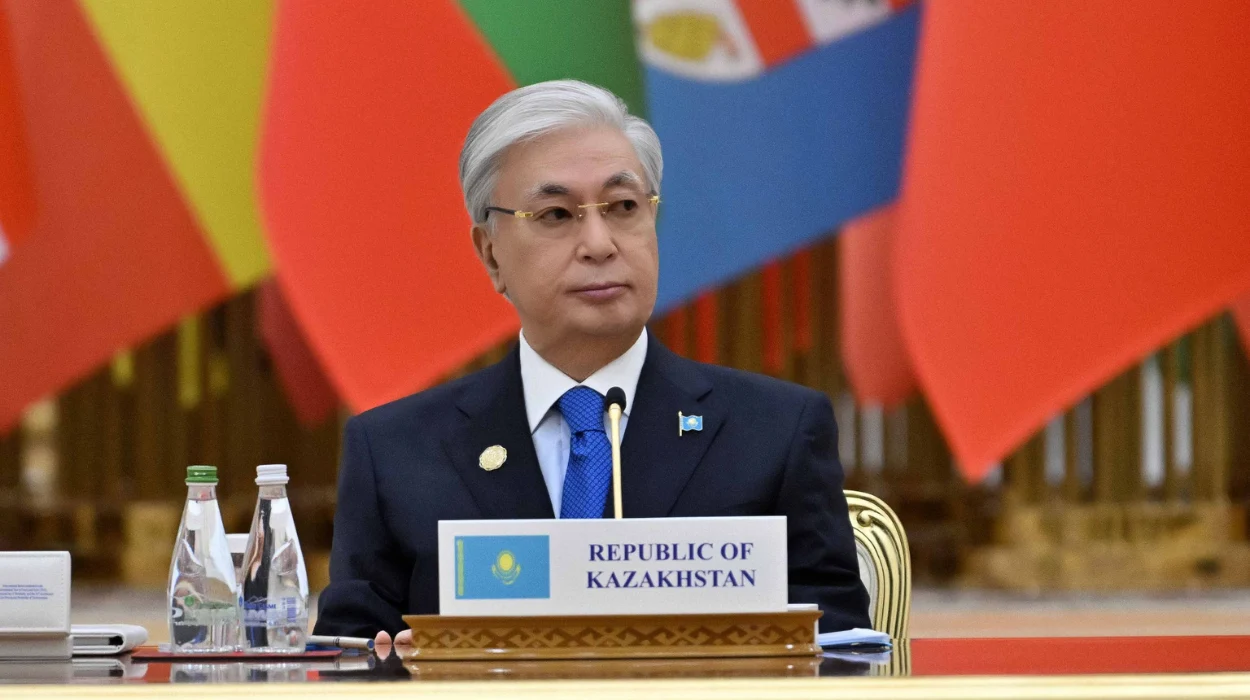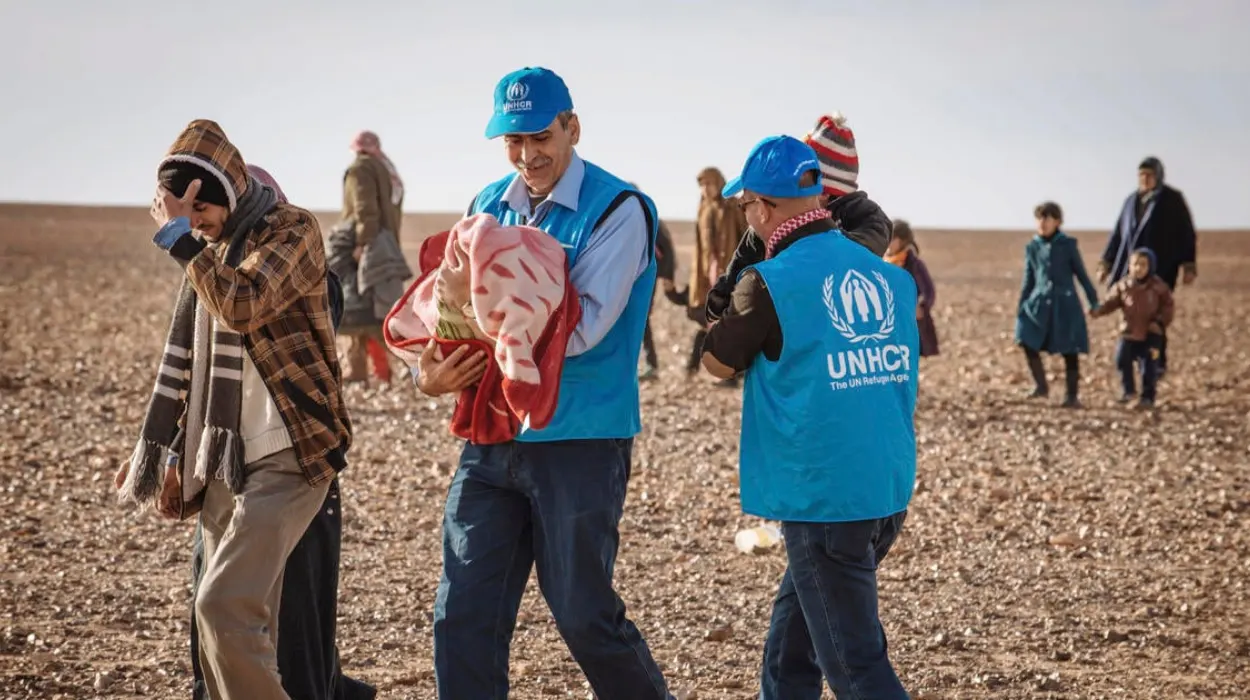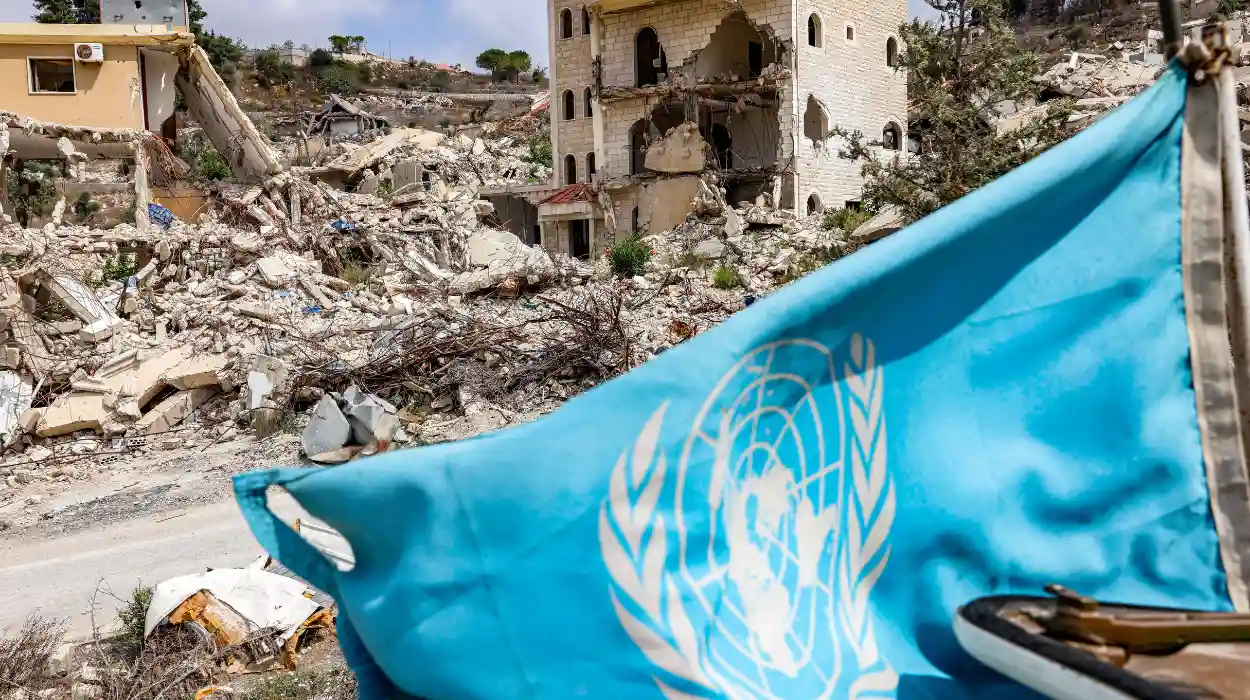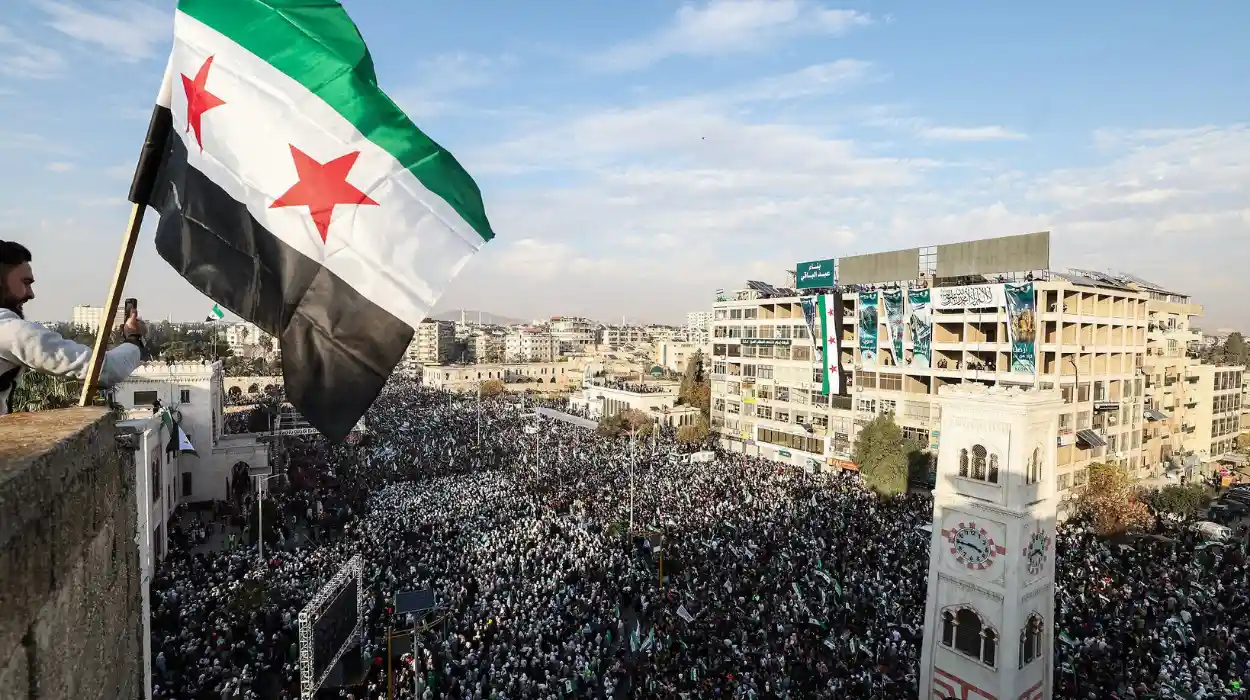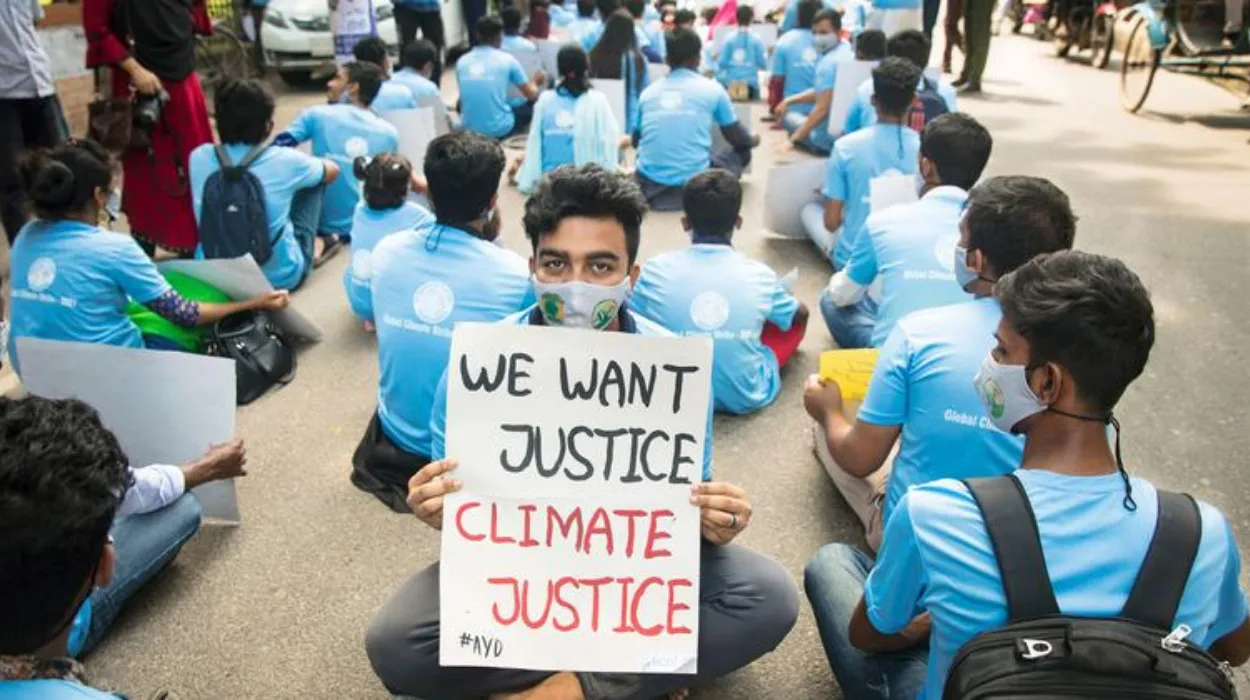The COVID-19 pandemic was a global stress test of the World Health Organization, which demonstrated the shortcomings of voluntary cooperation of global health governance. The organization is still at the center of international public health in 2025, but nowadays its role is scrutinized in a more critical manner. Governments, health organizations, and international organizations are still evaluating whether the reforms made by the WHO are based on the lessons of the pandemic and whether the reforms are effective in providing the world with sufficient countermeasures against the emergence of a threat.
In the year 2020-2023, the dissatisfied national responses undermined national unity in crisis responses. Independent behaviour of many governments despite acting under WHO directions highlights the conflict between sovereign decision making and multilateral coordination. The incident initiated the discussion of the legal authority of the organization, especially with respect to the timely reporting of outbreaks, data transparency regulations, and the enforcement procedures. Since then, the policy development of the WHO has been determined by the necessity to rebuild credibility and an operational confidence.
At the beginning of 2025, the debate on the value of global solidarity versus the sovereignty of a nation intensified. The WHO still plays within its initial mandate, but the pressures of member states and health advocates across the world are pointing towards a strategic change of the organization towards requiring more data, faster emergency response, and greater independence in funding.
Institutional Reform After The Global Pandemic
Although the organization went into the post-COVID with the demands of enhanced operational flexibility and the clear data-sharing systems. Member states welcomed developments in the monitoring of public health and supply-chain preparedness, but there is still the issue of funding arrangements and political interference. The Independent Panel on Pandemic Preparedness and Response also stressed the importance of separating advisory tasks and crisis implementation capacities, which is becoming an influential guideline in the structure of WHO operations.
Advancing The Pandemic Agreement
The Pandemic Agreement negotiations, which have been continuing since 2022, is presently a landmark debate on what the future of global health governance will be. The text aims at formalizing the duties on the sharing of pathogens, funding, and fair access to vaccines and therapeutics. Some of its supporters think it will be able to deal with structural inequities, as pointed out in the COVID-19. Other states are however cautious, quoting the data-sovereignty and the necessity to control the situation on the national level. The draft is still under consideration in 2025, as an indication of a fragile balance between international collaboration and local interests.
Redefining Emergency Authority
Agreements being negotiated provide schemes concerning early emergency announcements, obligatory reporting periods, and WHO extended authority to send direct troops to the field. Such concepts symbolize a major change of an institutional character, which tries to make containment work faster before the crises run out of control. Nonetheless, political sensibility exists especially when it comes to governments that are sensitive to international scrutiny in the event of domestic health crises.
Revisiting Global Health Surveillance Capabilities
The pandemic revealed a weakness in the initial outbreak identification and infrastructure on genomic sequencing. Even though the WHO increased the speed with which it coordinated data, the unequal investment contributed to disproportionate adoption. Surveillance reinforcement was one of the priorities of the 2023-2025 plan of the organization.
Infrastructure And Technology Investment
In 2021, there was the launch of the BioHub System, which enhanced the sharing of biological samples in a secure way. By 2025, the use of AI-assisted detection tools will be more widespread and South Korea, Singapore, and EU programs will shape the WHO policies models. Nevertheless, capability gaps are experienced even in resource constrained areas; hence, the WHO has focused on the technical assistance in extending laboratory networks and genomic surveillance standards in Africa, South Asia and Latin America.
Data Trust And Sovereignty
Health surveillance requires the trust between the states, research institutions, and people. Sporadic data sharing during COVID-19 was an expression of political and legal restrictions. By 2025, the WHO collaborates with the African CDC, PAHO, and Southeast Asian coalitions of health to establish common data protocols supporting regional leadership on international monitoring. Such attempts demonstrate a shift towards decentralized surveillance, as opposed to centralized control, and consideration of sovereignty issues without discarding international coordination.
Equity, Access, And Response Capacity
The pandemic revealed the existence of gross inequalities in access to vaccines all over the world. In its fundamental form, the COVAX programme did not succeed in providing equal coverage because of the export limitation, the concentrated production, and logistics. The system has since been restructured.
Production Capacity In Developing Regions
In 2024-2025, a revised model of COVAX 2.0 focuses on in-region manufacturing, as a way of decreasing global supply chain dependence. mRNA plants are supported by WHO, the World Bank and regional development funds. These efforts highlight a shift to health-security sovereignty, to build greater capacity where it is needed most and to create future emergency infrastructure.
Supply Chain Governance
The WHO has already learned through the bottlenecks in the distribution of pharmaceuticals and is now trying to liaise with the WTO partners in enhancing transparency in health security supply chains. This is conducted in order to reduce disruptions and safeguard key medical trade routes in case of an emergency, as well as to increase local resilience.
Financial And Political Constraints
The dependency on voluntary contributions is one of the most long-standing problems of the WHO. Pandemic brought back the calls to raise the assessed contributions in order to ensure stable and politically independent funding. This change was backed up by Germany, Japan, and some Nordic nations; budget talks however are indicative of continued debate on proportional representation and control rights.
The Universal Health Emergency Fund, which was established in 2024, provides emergency funds in a small scale compared to the world preparedness costs. Although it is an indicator of a more rapid response, its sustainability on the long-term basis has to rest upon the continued involvement of the donors and their regular replenishment.
Coordination With Regional And Multilateral Institutions
The emergence of regional health-security organizations since COVID-19 remakes the WHO collaborative environment. Similar development in institutions is seen in the European Health Emergency Preparedness and Response Authority (HERA), the African CDC and the regional response center of ASEAN. Such organizations are able to mobilize quicker in the region, complementing WHO advice and minimizing the delays in operations.
But new parallel structures lead to the risk of duplication. To stay on track, there has to be clear mandates, common operational structures and common scientific standards. Through established levels of coordination, the WHO is involved in these bodies by signing coordination agreements that were initiated in 2024-2025 to reduce fragmentation and still allow regional autonomy.
Communicating Science And Managing Misinformation
The world health collaboration is still based on the trust of the masses. The COVID-19 demonstrated how difficult scientific communication in the face of changing evidence can be. Since 2023, WHO is refocusing its communications to focus on the use of consistent messaging, timely communications, multilingual communications, and collaboration with technology platforms to overcome digital misinformation.
In 2024, preparedness message testing was conducted during Marburg virus cluster responses and influenza outbreaks of H5N8. These events showed that there was an increase in the speed of alertness and the transparency of information, as well as that it is not an easy task to balance speed with caution when sharing emerging research.
Health Equity As A Security Priority
The pandemic confirmed the fact that health inequity in the world is a contributor to the vulnerability of the system. The increased transmission of dengue, the growth of antimicrobial resistance, and the disease-related migration with the climate conditions highlight the intersections between socioeconomic stability and the pandemic risk. UNICEF and UNDP collaborations also institutionalize child-health resiliency and primary-care fortification in climate prone areas.
With the growing pressure of resources on the health system and population displacement, the focus is now on proactive resiliency measures that go beyond emergency containment into the long-term equity models.
The Next Global Health Emergency
The WHO navigates 2025 at a critical juncture. Its mandate remains essential, yet its effectiveness depends on political cooperation, financial stability, and the ability to reconcile sovereignty with shared responsibility. The lessons from COVID-19 continue to guide institutional reform, but the real test lies ahead. With climate-linked outbreaks, zoonotic spillover threats, and increasing antimicrobial resistance, preparedness evolves from a technical requirement to a geopolitical priority.


